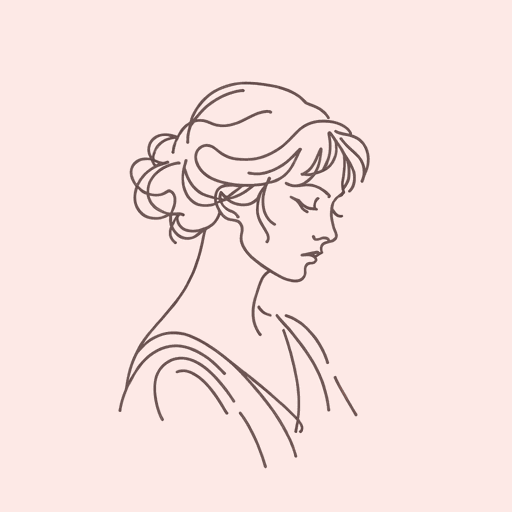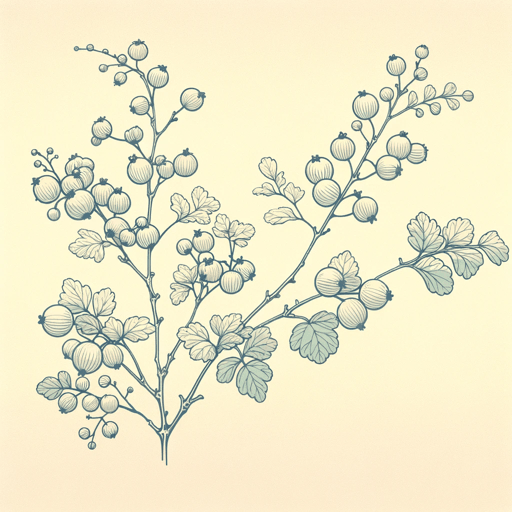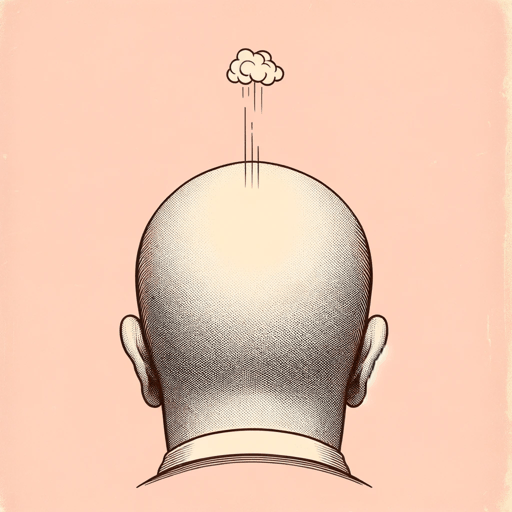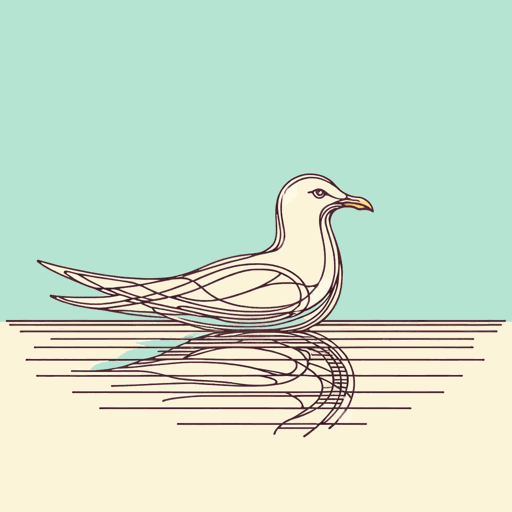30 pages • 1 hour read
Anton ChekhovThe Lady With The Dog
Fiction | Short Story | Adult | Published in 1899A modern alternative to SparkNotes and CliffsNotes, SuperSummary offers high-quality Study Guides with detailed chapter summaries and analysis of major themes, characters, and more.
Literary Devices
Understatement
Chekhov’s expert use of understatement allows him to highlight a narrative instance and prompt readers to reach their own interpretations of its significance. In the Yalta hotel room scene, the distressed Anna tells Gurov that their adultery is “wrong” and that she deserves his contempt (572). Gurov’s response to Anna’s vulnerability and pathos in this moment is anticlimactic and deflating: “There was a water-melon on the table. Gurov cut himself a slice and began eating it without haste. There followed at least half an hour of silence” (572-73). The silence in this narrative instance emphasizes all the more the jarring contrast between Anna’s emotional state and Gurov’s reaction. This moment also alerts the readers to the crassness and insensitivity of Gurov, who is yet to be tutored by his love for Anna to feel and display more genuine care and compassion.
Point of View
Free indirect discourse in Chekhov’s story often seamlessly merges the third-person omniscient narrator with Gurov and Anna’s limited perspectives. An early description of Gurov’s family life begins with a seemingly objective, journalistic list of facts: “He had been married young, when he was a student in his second year, and by now his wife seemed half as old again as he.
Related Titles
By Anton Chekhov

At Home
Anton Chekhov

Gooseberries
Anton Chekhov

The Bet
Anton Chekhov

The Cherry Orchard
Anton Chekhov

The Darling
Anton Chekhov

The Death of a Government Clerk
Anton Chekhov

The Duel
Anton Chekhov

The Seagull
Anton Chekhov

Three Sisters
Anton Chekhov

Uncle Vanya
Anton Chekhov

Vanka
Anton Chekhov

